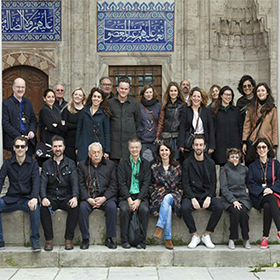THE BOOK “SİNAN:THE FIRST STARCHITECT” IS IN GOOD HANDS
Turkishceramics and The Architects’ Journal are in collaboration for a book called “Sinan: The First Starchitect” that celebrates the 16th century Ottoman Empire head architect and masterbuilder Mimar Sinan’s life and work from the perspective of the UK’s seven leading architecture practices.
At the very beginning of this project, a drawing competition http://www.architectsjournal.co.uk/news/deadline-extended-win-a-trip-to-istanbul-to-study-the-work-of-mimar-sinan/8687866.article ) was held to select a participant to join the group of six top British architectural practices taking part in the project. All competitors were asked to highlight ceramics in a building they admire with a hand-drawn study and a description of the role ceramics play in enhancing this chosen building’s architectural qualities.
Eddie Blake from Sam Jacob Studio won this honour with his detailed study of Victorian architect Leslie Green’s ceramic designs for London Underground, entitled Blood Shot. http://www.architectsjournal.co.uk/news/aj/turkishceramics-competition-winner-announced/8690896.article ) Eddie joined the team of world-renowned architects including; Billy Mavropoulos and Katerina Dionysopoulou (Bureau de Change Architects), Ian Ritchie (Ian Ritchie Architects Ltd.), Clare Hughes and Peter Clegg (Feilden Clegg Bradley Studios), Deborah Saunt and Ellen Hadden (DSDHA), John McElgunn (Rogers Stirk Harbour + Partners), Neil Gillespie and Laura Kinnaird (Reiach and Hall Architects),
All the invited architects gathered in Turkey last week to explore Mimar Sinan’s work in Istanbul and Edirne with the accompaniment of the Turkishceramics team.
While the architects developed a better understanding of the groundbreaking works of Mimar Sinan and how his works affected the cities, we had a chance to chat with Laura Kinnaird, Neil Gillespie, Ellen Hadden, Eddie Blake, Peter Clegg and Ian Ritchie. We would like to share with you the highlights of these conversations.
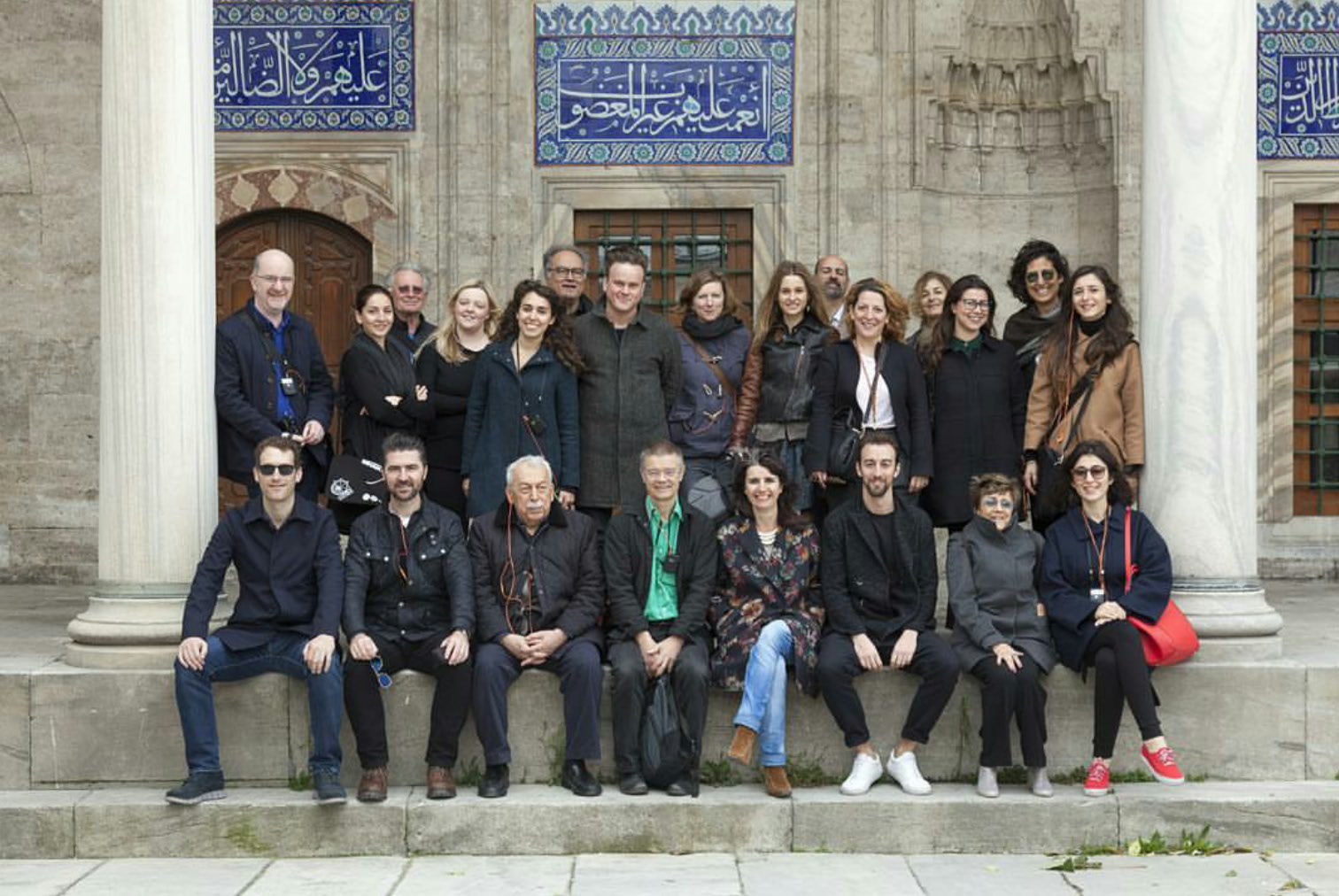
Varying from questions about how they chose to be an architect to which part of the trip impressed them most and what makes Sinan’s building that special, we asked the architects about the experience and their first impressions. Here is what they told us:
Turkishceramics (TC): Can you tell us about yourself? How did you decide to be an architect?
In answer to this question, Ian told us briefly that he became an architect by an accident after he gave up medicine while Laura stated she was really interested in the idea of making and craftsmanship. Both Neil and Ellen emphasised the word “creativity” in their responses.
Eddie Blake: “I have no idea. It’s a decision I made when I was a child. I just joined a brand new practice. We are doing some quite big cultural stuff. We got the chance to work in a big art center in Chicago. I am also doing curation and interior/exhibition design.”
Peter Clegg: “The short version is that I was interested in how buildings were built from a very early age of about ten. My grandfather was a sort of architect and was an attractive personality for me. So I thought it was a good thing to invest in, in terms of my education. Then I went to Cambridge to study architecture and then to the US. I set up my own practice very quickly after I qualified. I invented everything by myself.”
TC: Are there any renowned architects that you are inspired or influenced by?
Eddie found this question difficult, stating that he is a great fan of Christopher Ran, who spent more time on astronomy than architecture. Peter said, as well as the contemporary architects, architects of ancient structures inspires him. Ian is inspired by Japanese architecture for their work with nature and environment, allowing buildings to collapse in the case of an earthquake. Laura simply names 3 architects among others: Siza, Zuminov, and Aalto. Neil also mentions Siza for his modesty and ability to merge the new with a sense of history. Ellen finds Louis Khan, Carlo Scarpa and Kenzo Kuma inspiring.
TC: Have you heard of Mimar Sinan previously?
Most of them haven’t heard of Architect Sinan before The Architects’ Journal mentioned him, except for Ian and Neil who had the chance to see some of Sinan’s work during their previous visits to Istanbul. Eddie blames the English education system for not giving enough recognition to Mimar Sinan as one of the great architects. Though, now they know about the great Architect Sinan and having seen some of his works in Istanbul and Edirne, they find him productive and innovative.
TC: In a few words how would you describe Sinan and his works?
Ian’s response focused on the geometrical shapes in Mimar Sinan’s works “The classical Western-European tradition of Greek and Rome has tectonic language. But it’s solid. It has triangles and squares. In many ways it’s different.”, while Neil said “Above all for me the power of his work lies in its dignity of expression, final judged proportion and liquid space.”
Peter Clegg: “I’ve only seen a few mosques. It’s my first time in İstanbul and also in Edirne. Today I was really moved. It was a good architectural statement. Everything was super expressive and controlled. It is incredibly decorative but at the same time very calm.”
Eddie Blake : “Oh my God! I’m very interested the fact that he produced so much work. He must have been a great manager of people and of the building process. He is obviously a natural engineer as well as an architect. I’m fascinated to see the developments of his ideas and what I’d seen in last three days. It would be great if you can still be designing buildings at 100 years old.”
TC: Which works of Sinan impresses you most?
Eddie found it hard to name one, says “It is a massive dome at the Selimiye”. Ian finds Mihrimah and Suleymaniye Mosques impressive. Laura’s answer to that question was Suleymaniye, while Neil adds Rustem Pasha Mosque to his list. Ellen also loves Rustem Pasha Mosque together with Selimiye Mosque.
Peter Clegg : “The ones that we have seen so far I liked certain things about each one of them. Mihrimah Mosque is beautifully simple and elegant and very rational but very badly restored. I loved the tiles, the İznik tiles and I think the Selimiye Mosque is perhaps the peak of his achievements. Again, beautifully and rationally composed and a beautiful quality of light”.
TC: What had changed in architecture since Sinan?
Of course “being an architect” now does not mean the same thing as in the Sinan’s era. Technology, expectations, materials are different. Some things have changed but some remained. Members of the project team answered what changed and what remained. Ellen finding today’s architecture as an evolution of architecture, she still thinks there is much to learn from Sinan and equivalents. Laura points out Sinan’s architectural development from his early works to the later, and Neil finds it extraordinary that architecture is at the center of people’s daily lives, like Sinan’s works.
Eddie Blake: “Everything, absolutely everything. Clients, technology, society... Whole mode of human thoughts shifted between the way that we practice and the way that he practiced. There’s a massive gap between how he worked and how we work.”
Peter Clegg: “He had a relatively simple architectural language if you look at the mosques. They are very similar about their theme. These days buildings are much more complicated. He didn’t have to worry too much about plumbing or heating. All the systems we have in our buildings these days cause most of the problem. It needs more attention in terms of designing.”
Ian Ritchie: “I think technology. I think technology and in many ways secularism. In Sinan’s time there was a belief in something. So there was an aspiration that you can understand as a designer. I think today people are not standing for what they are doing. Because there is no little belief systems. So yes, technology and the loss of belief systems.”
TC: What do you expect from this project?
Ian summarised it by saying “Fun.” while Laura stated she expected to see and learn a lot. Then without a pause she continued “I am not disappointed. “I’m finding it really interesting, Peter also added “It was an exhibition and a reference book with different styles of Sinan’s work.
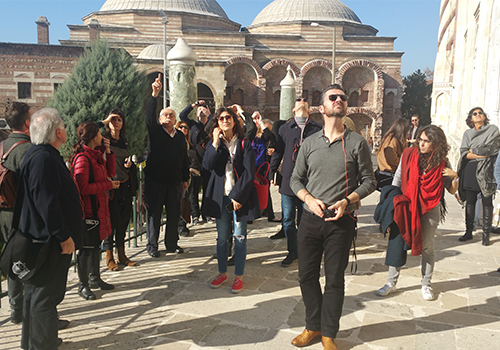
It is good to see the participants are excited about the project and having fun. Besides having a better understanding of history and contemporary Turkish architecture and urbanism, they are enthusiastic that, thanks to the reference book and exhibition on Sinan, the great architect will have more recognition among fellow historical figures and the general public in the UK.
We look forward to seeing the next steps of this exciting collaboration.
To learn about their day-to-day impressions, you can also read the project team’s blog. http://www.architectsjournal.co.uk/news/sinan-the-first-architect-day-one/8692290.article?referrer=RSS
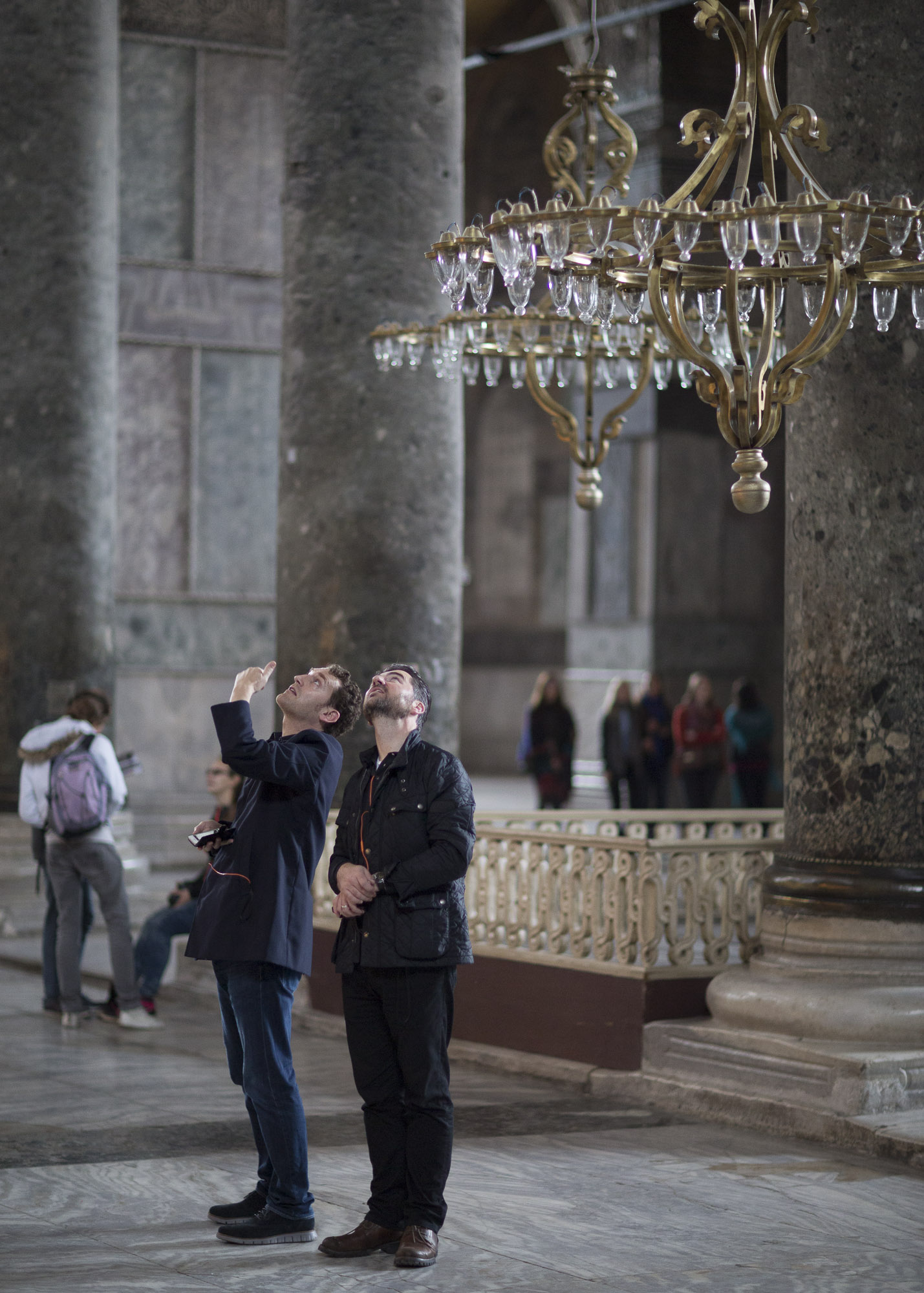
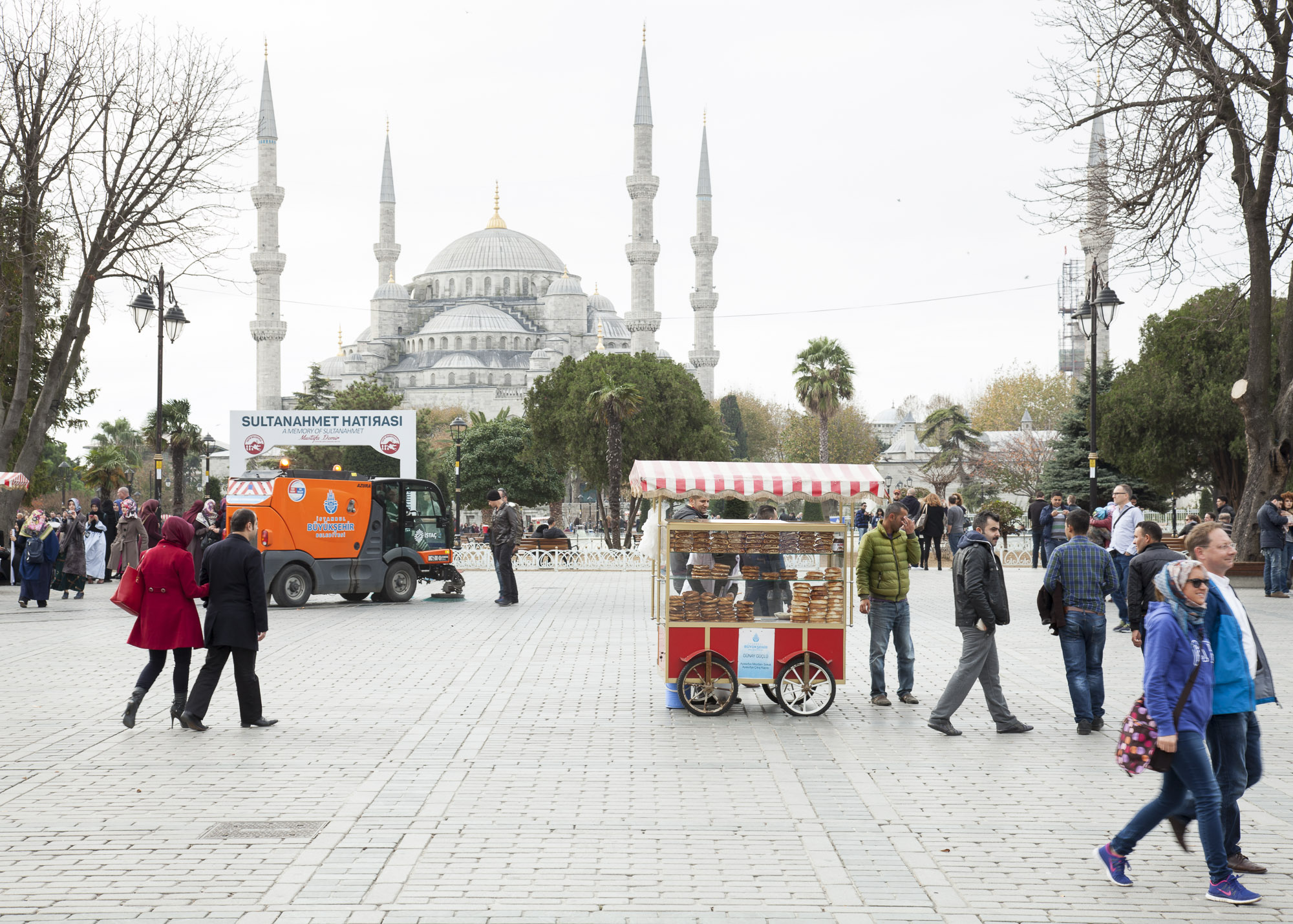
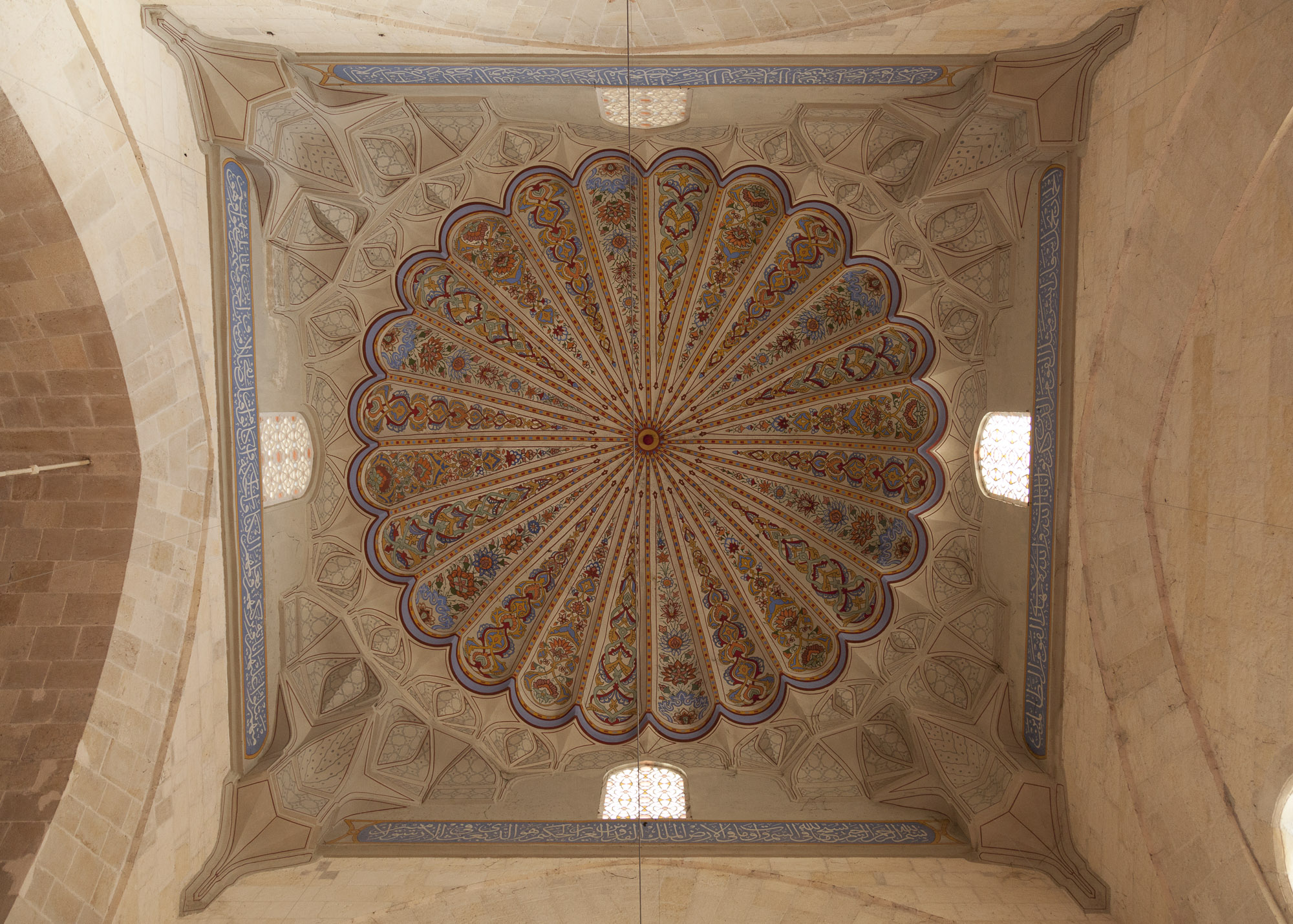
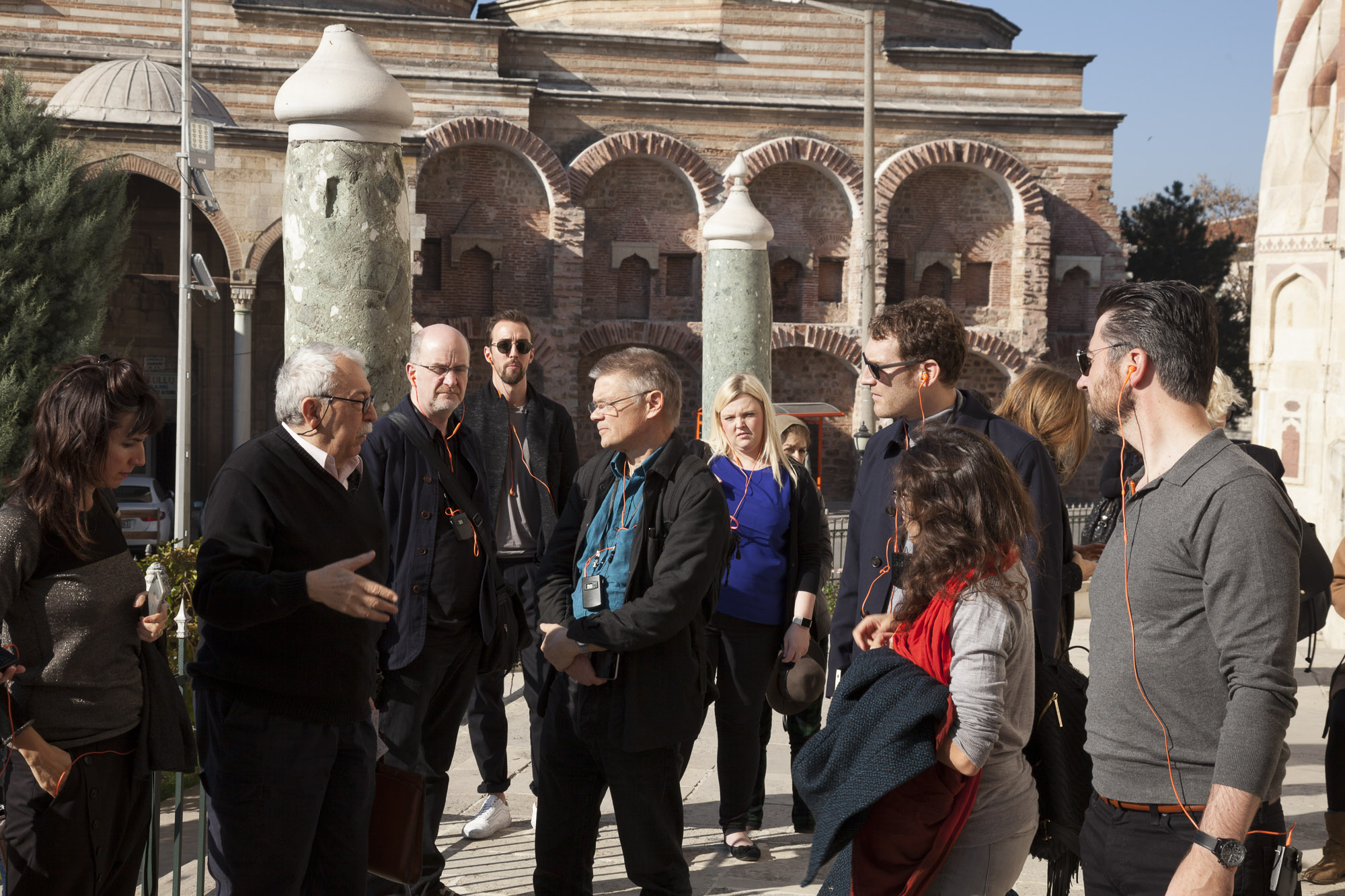
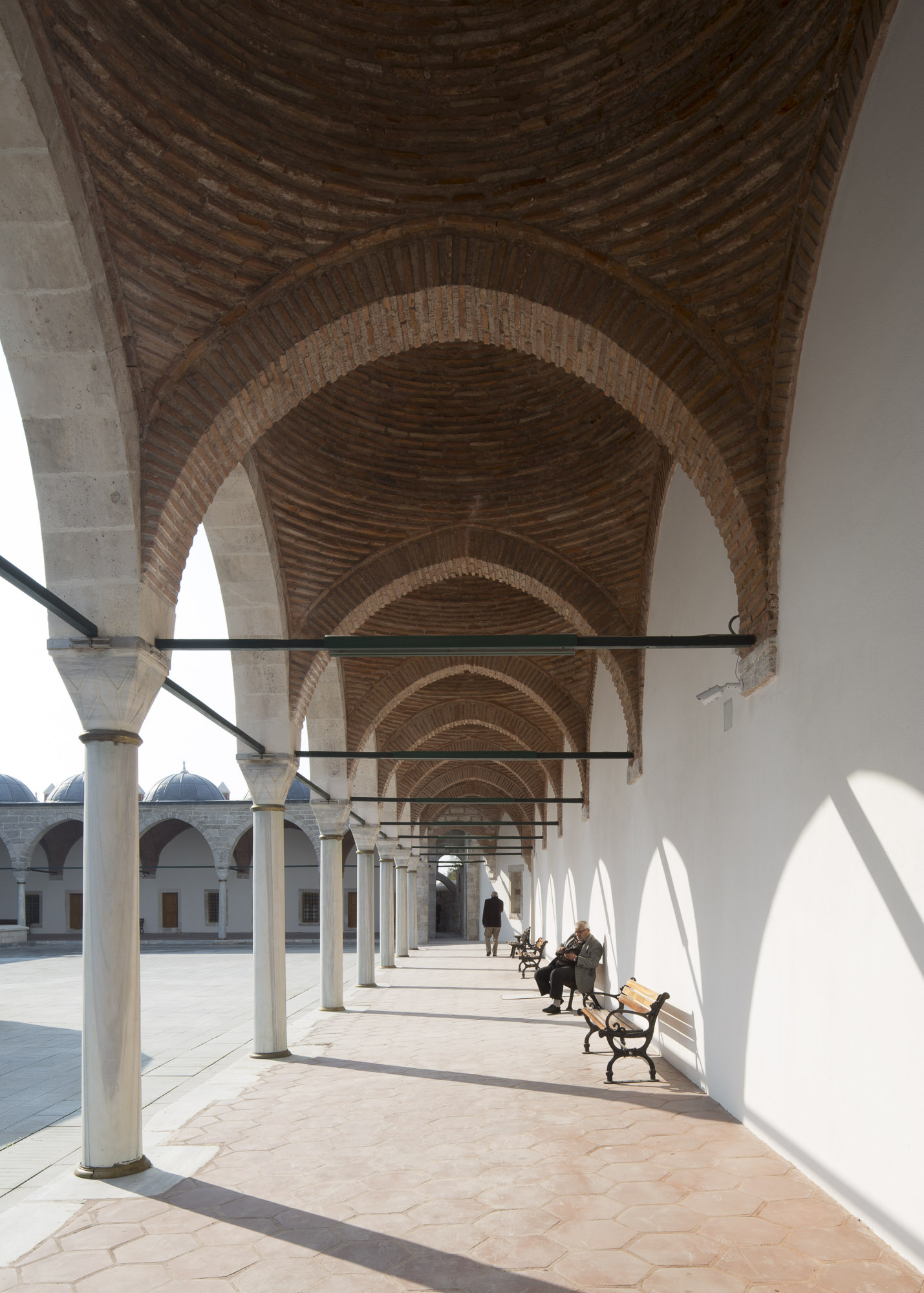
Photographs courtesy of Ben Blossom





















